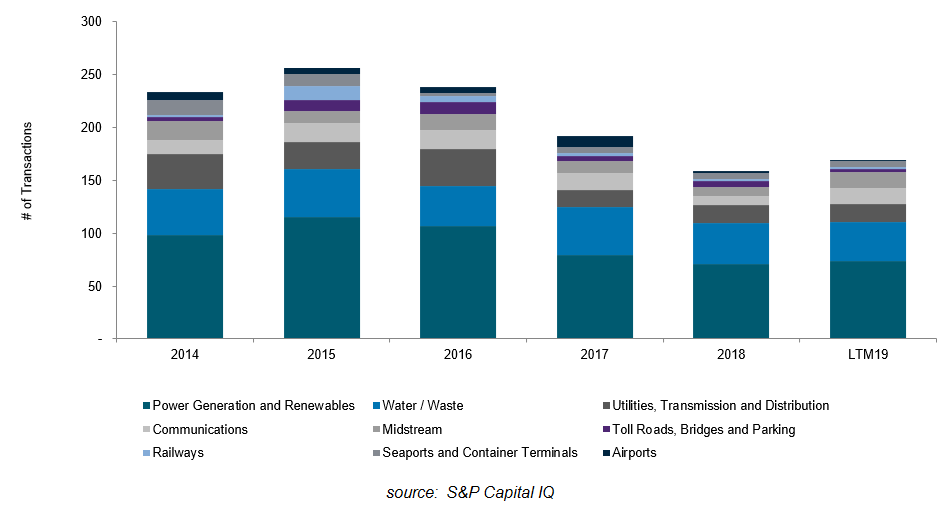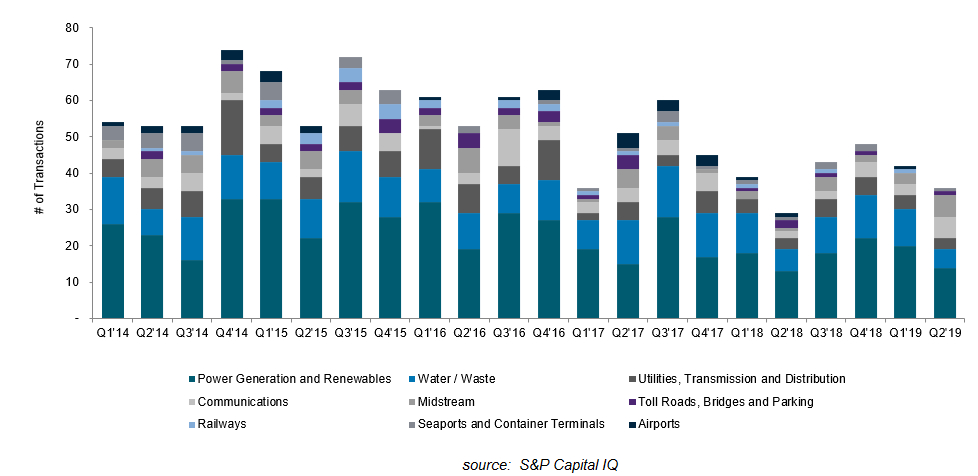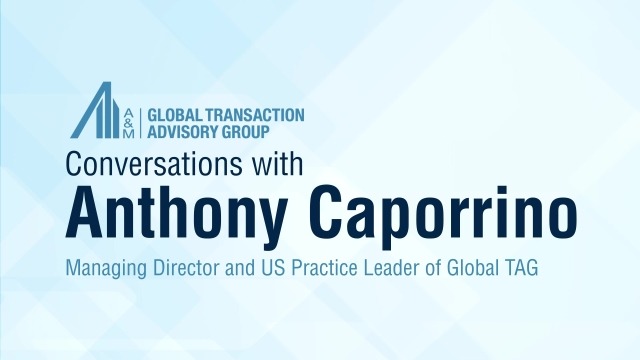We Are in a Golden Era for Infrastructure Fundraising, Aren’t We?
An extended version of this article has been featured by AltAssets, September 19, 2019, and can be viewed with a subscription here.
Having been involved in infrastructure for over 20 years, it is hard to recall a time when there has been more interest from various stakeholder groups, including governments, regulators, customers, advisors and most interestingly investors.
When analyzing how the sector has developed over the last decade, it wasn’t too long ago that experienced Limited Partners (LPs) revised their traditional approach and started expanding their own investment / asset management teams, going directly into transactions rather than via established fund platforms. At that time, questions were being raised about the long-term viability and value of the managed fund model. Would it result in fewer, more focused funds? How would managed funds be able to compete with the direct investors in the market place? Would those that survived only do so by slashing fees?
How wrong “experts” were!
In 2012, it was estimated that there were 80 funds globally fundraising, seeking around $40 billion of capital commitments. Fast forward to H1 2019, and current research indicates that 300+ General Partners (GPs) are now fundraising, targeting capital commitments of $170 billion. Astonishing growth, but the figures don’t stop there.[1]
In 2012, the average fund size was around $500 million; however, by the end of the first half of 2019 this figure has risen to $1.9 billion, up from $1.3 billion in 2018. Additionally, there is empirical evidence that established GP’s have increased their average fund size by around 500% in under a decade.
We have also seen the emergence of mega funds, with GPs now looking to raise funds that are larger than some of the largest traditional Private Equity funds. Currently, the 10 largest funds in the market are seeking commitments totalling some $70 billion. We are also seeing a “norm” for established, top quartile GPs raising funds that are in the $5-10 billion range.
In addition to fund sizes increasing, we have also seen GPs respond to the demand from LPs in the sector by innovating and designing products outside of their main fund offerings and expanding into new geographies. These have taken the form of “Super Core Funds”, Infrastructure Debt Funds, and funds targeting regions such as South America and Asia. Most notably, funds are targeting asset classes that were not so long ago considered the realm of more traditional private equity such as healthcare, education, logistics, telecoms, data centers and fibre, enticing the question - is digital the new must have asset?
With increasing budget deficits in place for governments restricting development of infrastructure assets, the now well-established track record of the sector and its ability to deliver consistent returns across varying economic lifecycles, it surely appears that anyone can now enter the market and raise capital. If you are an existing GP, surely you would want to be raising - we are in a golden era for fundraising, aren’t we?
If we dig more deeply into the data, it is clear is that while fund sizes are getting bigger there are signs indicating that competition is increasing and bi-furcation in the marketplace is happening.
For example, LPs are continually planning allocations to established “best of breed” GPs some one to two years out. As a result, it is quite notable that many of the largest GPs have managed to capture in excess of 65% of all capital raised. This figure has been consistent for the last three years, indicating that – even though allocations are increasing – only the established and largest players are benefitting. A notable consequence is that more “mid-market” funds are finding a longer runway between fund launch and reaching financial close with ever increasing new entrants, strategies and competition entering the market.
A clear market response to traditional GPs tending to look at more “core+” assets is that we have seen a clear emergence of traditional private equity managers launching their own infrastructure strategies seeking to capture this surge in LP appetite and re-allocations toward the sector.
Alongside this competition is the increasing emergence of new platforms spearheaded by established executives in the sector. It’s clearly a key juncture in infrastructure history. Investors are increasingly recognizing the benefits of investing in the sector and the resilience around its returns through various economic cycles relative to other alternative strategies. This effect, coupled with a global demand for increased levels of infrastructure for numerous stakeholders, modernization of existing assets, and the acceleration of the digital world all leads to an unending demand for capital to be deployed globally to meet these needs.
Overall, if GPs have a differentiated market strategy, deep expertise in a specific sector or geography and a proven track record, then they are operating in a golden era for infrastructure fundraising.


[1] Infrastructure Investor Fundraising Report H1 2019






